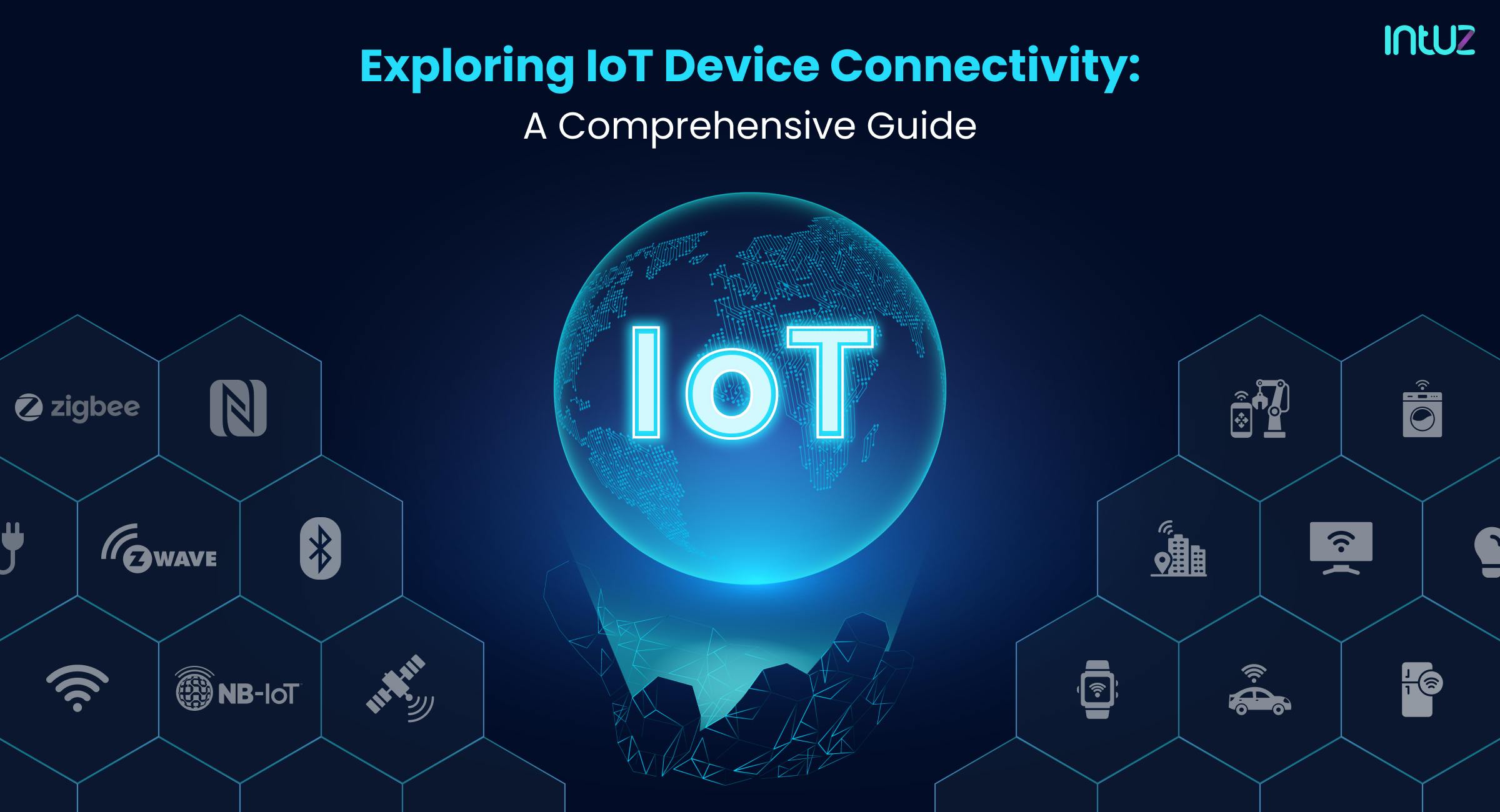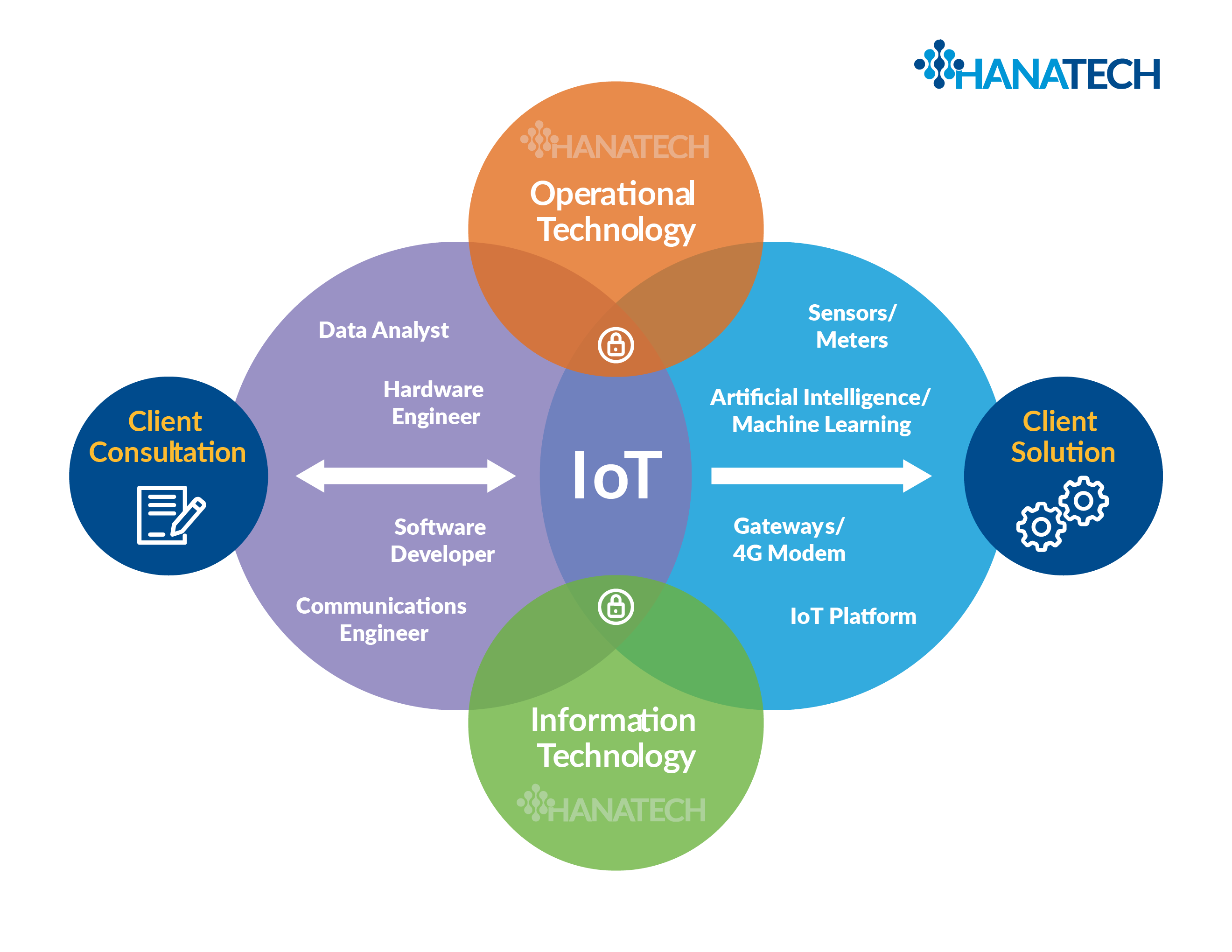How To Remotely Connect IoT: Your Ultimate Guide To Revolutionizing Connectivity
Imagine a world where your devices can communicate with each other seamlessly, no matter the distance. Welcome to the era of remotely connect IoT! From smart homes to industrial automation, the Internet of Things (IoT) has transformed how we interact with technology. But what happens when you want to control these devices from afar? That's where remote connectivity comes into play. In this guide, we'll dive deep into the world of remotely connecting IoT, exploring everything from setup tips to potential challenges.
Picture this: you're on vacation in another country, but you need to check if you turned off the lights back home. With remotely connect IoT, you can do just that! The possibilities are endless, and the convenience is unmatched. Whether you're a tech enthusiast or a business owner looking to streamline operations, understanding how to remotely connect IoT is a game-changer.
This article isn't just about theory; it's about practical solutions that you can implement right away. We'll break down complex concepts into bite-sized pieces, ensuring that even beginners can grasp the fundamentals. So, buckle up and get ready to explore the exciting world of remote IoT connectivity!
- Gia Duddy Leak The Untold Story Behind The Viral Sensation
- Evanna Lynch Nude Setting The Record Straight And Celebrating An Iconic Star
What Exactly is Remotely Connect IoT?
Let's start with the basics. Remotely connect IoT refers to the ability to access and control IoT devices over the internet, regardless of your physical location. Think of it as extending the reach of your smart devices beyond your local network. This technology allows you to monitor and manage everything from thermostats to security cameras from anywhere in the world.
The concept might sound futuristic, but it's already here and changing the way we live and work. Companies are leveraging remotely connect IoT to enhance productivity, reduce costs, and improve customer experiences. For individuals, it means greater convenience and peace of mind. Imagine being able to adjust your home's temperature or check on your pets while you're at the office – that's the power of remote IoT connectivity.
Why Should You Care About Remotely Connect IoT?
Here's the deal: remotely connect IoT isn't just a buzzword; it's a necessity in today's hyper-connected world. Whether you're managing a smart home or overseeing an entire factory, having remote access to your devices can save you time, money, and headaches. Here are a few reasons why you should care:
- Mckinley Richardson Naked The Truth Behind The Headlines
- Gia Duddy Nudes Unveiling The Truth Behind The Clickbait
- Increased Efficiency: Automate tasks and streamline operations with real-time data access.
- Cost Savings: Reduce the need for physical presence, cutting down on travel and maintenance costs.
- Enhanced Security: Monitor and secure your devices from potential threats, no matter where you are.
- Improved Convenience: Control your devices from anywhere, anytime, using your smartphone or computer.
These benefits aren't just for tech giants; they're accessible to anyone willing to embrace the technology. By understanding how to remotely connect IoT, you're positioning yourself at the forefront of innovation.
Setting Up Your First Remotely Connect IoT System
Ready to dive in? Setting up a remotely connect IoT system might seem daunting, but with the right steps, it's easier than you think. Here's a step-by-step guide to get you started:
Step 1: Choose the Right Devices
Not all IoT devices are created equal. When selecting devices for your remotely connect IoT system, look for ones that support remote access out of the box. Popular choices include:
- Smart thermostats
- IP cameras
- Smart locks
- Home automation hubs
Make sure the devices you choose are compatible with your existing network and have robust security features.
Step 2: Set Up Your Local Network
Your local network is the foundation of your remotely connect IoT system. Ensure that your router supports the latest Wi-Fi standards and has enough bandwidth to handle multiple connected devices. Additionally, consider setting up a guest network to keep your IoT devices separate from your personal devices.
Step 3: Enable Remote Access
This is where the magic happens. To enable remote access, you'll need to configure your router's port forwarding settings. This allows external devices to connect to your local network. Be sure to follow your router's documentation carefully to avoid security risks.
Key Considerations for Secure Remotely Connect IoT
Security should always be a top priority when setting up a remotely connect IoT system. Here are some key considerations to keep in mind:
- Use strong, unique passwords for all your devices.
- Enable two-factor authentication whenever possible.
- Regularly update your firmware and software to patch vulnerabilities.
- Consider using a virtual private network (VPN) to encrypt your connection.
By taking these precautions, you can protect your devices from unauthorized access and potential cyber threats.
Common Challenges in Remotely Connect IoT
While remotely connect IoT offers numerous benefits, it's not without its challenges. Here are some common issues you might encounter:
1. Connectivity Issues
Lost connections or slow speeds can disrupt your remote IoT experience. To minimize these issues, ensure that your internet service provider offers reliable coverage and sufficient bandwidth.
2. Security Vulnerabilities
As we mentioned earlier, security is a major concern. Hackers are constantly finding new ways to exploit vulnerabilities in IoT devices. Stay vigilant and follow best practices to safeguard your system.
3. Compatibility Problems
Not all IoT devices play well together. Before investing in new hardware, check for compatibility with your existing setup to avoid headaches down the line.
Real-World Applications of Remotely Connect IoT
The possibilities of remotely connect IoT extend far beyond smart homes. Here are a few real-world applications that highlight its versatility:
1. Smart Agriculture
Farmers are using remotely connect IoT to monitor soil conditions, weather patterns, and crop health. This data-driven approach helps optimize yields and reduce resource waste.
2. Healthcare
Remote patient monitoring is revolutionizing healthcare. Doctors can now track vital signs and adjust treatment plans in real time, improving patient outcomes.
3. Industrial Automation
Manufacturers are leveraging remotely connect IoT to streamline production processes and reduce downtime. Sensors and actuators provide valuable insights into machine performance, enabling predictive maintenance.
Tips for Maximizing Your Remotely Connect IoT Experience
Now that you know the basics, here are some tips to help you get the most out of your remotely connect IoT system:
- Invest in a reliable cloud platform to store and analyze your data.
- Regularly review your system's performance and make adjustments as needed.
- Stay informed about the latest trends and technologies in IoT to stay ahead of the curve.
By following these tips, you'll be well on your way to mastering the art of remote IoT connectivity.
The Future of Remotely Connect IoT
As technology continues to evolve, so does the potential of remotely connect IoT. Experts predict that the number of connected devices will reach tens of billions in the coming years. This growth will bring new opportunities and challenges, making it essential for individuals and businesses to stay informed and adaptable.
From advancements in artificial intelligence to the emergence of 5G networks, the future of remotely connect IoT is bright. By embracing these innovations, you can unlock new levels of efficiency and convenience in your daily life.
Conclusion: Embrace the Power of Remotely Connect IoT
And there you have it – your ultimate guide to remotely connect IoT. Whether you're a tech-savvy homeowner or a forward-thinking entrepreneur, understanding how to remotely connect IoT can transform the way you interact with technology. By following the steps outlined in this article, you can create a secure, efficient, and user-friendly system that meets your needs.
So, what are you waiting for? Start exploring the possibilities of remotely connect IoT today. And don't forget to share your experiences and insights in the comments below. Together, let's build a smarter, more connected world!
Table of Contents
- What Exactly is Remotely Connect IoT?
- Why Should You Care About Remotely Connect IoT?
- Setting Up Your First Remotely Connect IoT System
- Key Considerations for Secure Remotely Connect IoT
- Common Challenges in Remotely Connect IoT
- Real-World Applications of Remotely Connect IoT
- Tips for Maximizing Your Remotely Connect IoT Experience
- The Future of Remotely Connect IoT
- Conclusion: Embrace the Power of Remotely Connect IoT



Detail Author:
- Name : Odell Larkin
- Username : douglas82
- Email : koelpin.jeffery@pfeffer.info
- Birthdate : 2002-04-09
- Address : 84539 Fritz Creek Apt. 744 South Pansyport, CT 02986-5684
- Phone : 1-347-417-0703
- Company : Dibbert-Jacobi
- Job : Teacher
- Bio : Exercitationem ut maxime possimus corporis aut. Dignissimos exercitationem reiciendis non deleniti fugit. Est nihil sed autem optio aperiam.
Socials
facebook:
- url : https://facebook.com/durward_xx
- username : durward_xx
- bio : Iusto unde quos blanditiis vitae voluptatum.
- followers : 6574
- following : 2523
linkedin:
- url : https://linkedin.com/in/durward_official
- username : durward_official
- bio : Soluta ab ut omnis facilis repudiandae esse et.
- followers : 4905
- following : 1068
tiktok:
- url : https://tiktok.com/@durward_rolfson
- username : durward_rolfson
- bio : Molestiae eum odit et hic sit ut. Et hic perspiciatis repellat facilis debitis.
- followers : 5630
- following : 213